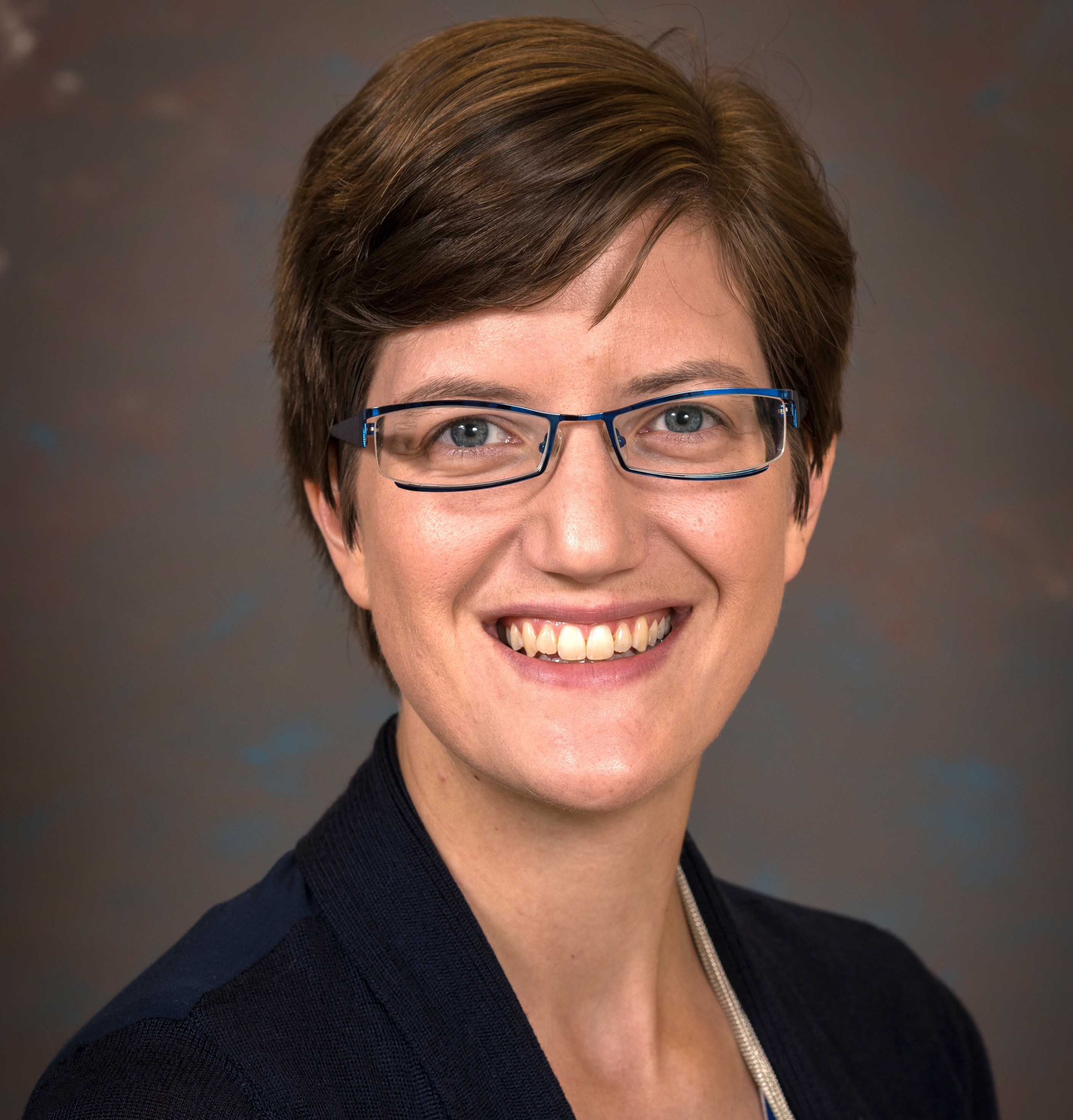
Today: Clare Boothe Luce Assistant Professor of Materials Science and Engineering, University of Delaware.
Her research focus at Iowa State University: Growing crystals of new compounds and measuring their electrical and magnetic properties.
Her research focus at University of Delaware: Working with metamaterials for controlling thermal emission (heat).
Most memorable moment as an undergrad: Professor Paul Canfield and the rest of my group was extremely supportive of me and my ambitions. In addition to working with the graduate students, I was able to work on some projects of my own. My results were written in a journal article and I gave a presentation at the American Physical Society March Meeting. It was a really good experience for me to see the scientific process the whole way through, from doing the experiments, to publishing a paper, to presenting my results. Paul’s group also had an amazing espresso maker, which I am jealous of to this day.
Potential applications of her research: Systems called “thermophotovoltaics” turn heat into electricity and are useful in solar energy, or in areas where there isn’t consistent electricity. The problem is, they are really inefficient, since most systems that do this conversion can only use a narrow range of thermal wavelengths. A metamaterial coating could force all of the thermal emission to be useful in the wavelength range, rather than wasting a large portion of heat. A second application would be in the area of “subdiffraction imaging.” There is a limit to the magnification you can obtain with a microscope. Metamaterial lenses bend light and magnify the image in such a way as to allow the imaging of really tiny things. Looking inside a cell is precisely the type of application these lenses could be used for.
The most exciting thing about working with materials: The sheer amount of choices available. We have the entire periodic table to work with and a basically infinite number of ways to create new materials. If there’s a need for a material with specific properties, it can probably be made. For example, NASA needed a lightweight material that was also heat-resistant for their reentry vehicles, but there wasn’t anything available that met their specifications. After much testing, they finally developed a lightweight material by combining fibers and resins that met their needs. My research uses materials that force light to behave in ways it never would when passing through “natural” materials. The possibilities are really endless; you’re only limited by your imagination.